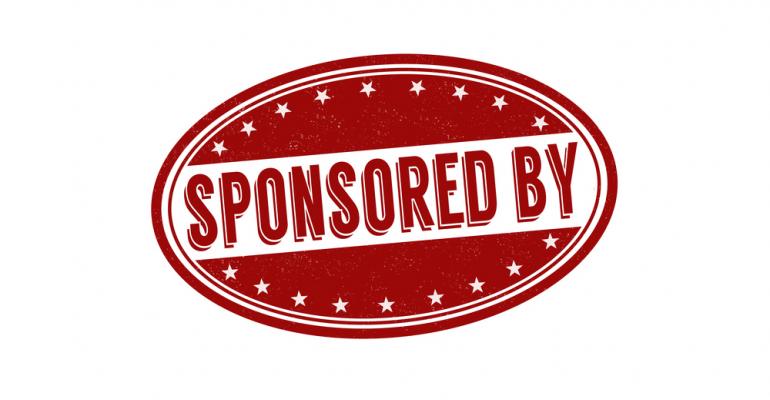In the webinar, Landing the Perfect Event App Sponsorship, Matt Keowen, vice president of marketing for app developer Guidebook, discusses how mobile can monetize your conference. It seems that after years of worrying about digital distractions, those eyeballs on smart phones are worth a lot of money.
Keowen began his presentation with data from ComScore showing that regardless of age group, the primary way people consume information is online. Keowen says, “We used to hear from planners, ‘My demographic is older and not very technology savvy and they won’t gravitate to mobile,’ but that is no longer true.” And just as media consumption trends are changing, marketing is following. “The money is going where the people are going,” said Keowen.
How to Position Mobile Sponsors
To make the most of the move to mobile, start by educating yourself with data on attendee technology usage trends and then educate potential sponsors. Make sure your sponsors understand how you are changing your marketing mix to address the new behaviors of your event attendees. Then cover these five specific components of your digital advertising program.
1. Make It Multivariate
In the old days, sponsors’ only option was to run ads in the conference program but now there are many options, and combinations of options, depending on who they want to reach and how high a profile they want to have. Here are some examples of mobile real estate and messaging that can be sold.
Splash screens. These are the first thing users see when they download and open the app. The whole app can be sponsored by one entity, or the just the splash screen.
Sponsoring social events and sessions with a company name.
Single sponsor icons. Company logos can be included on real estate with other sponsors, e.g. on a splash screen.
Promoted sponsor cards in social feed. This is a type of banner ad that often carries information or codes to get into a social event. These tend to get a good response from users.
Push notifications. This type of messaging is important as the effectiveness of email diminishes. Marketing emails average about a 20 percent open rate and the click through rate is much lower than that. A push notification is more powerful because the user is already looking at the app and can engage with the message, for example, a coupon for a service or a reminder for a social event, immediately.
Banner ads. These can rotate spots in the app making those spots available to a wide range of different sponsors. Each ad can link to an event or promotion within the app, or to an external website. The advantage of a simple banner ad is the sponsor track exactly who is using it to access their information.
Interactive map pins. These include pop-ups to draw attention to specific booths on the show floor.
Coupons. These are easy to implement and can be sold to local businesses as well as exhibitors or vendors at the event. Keowen says his company got this idea from a CVB customer who was managing a local festival and wanted coupons for attendees to use at local businesses.
2. Make It Interactive and Engaging
Mobile lends itself to interactivity, for example, sponsored polls. People love to give feedback and will often give their email address to register for a prize drawing so you have captured not just their opinion but their contact information.
Games will engage your attendees, and can be used to direct them to exhibitors. A scavenger hunt with QR codes at each booth drives traffic and a leader board in the app will increase competition and social engagement.
3. Use Mobile with Any Size Business
Mobile opens the door to many new sponsors because it allows a large range of sponsorship types and pricing options. Typical sponsors such as suppliers still have attractive opportunities, but low-budget sponsors such as association members and chapter representatives now have targeted, cost-effective options to reach a select group of attendees, perhaps members from their geographic area. Local merchants may want to buy a sponsorship package to attract your attendees, so coupons and discount promotions should be incorporated in your options for local restaurants and other businesses.
Keowen’s Pro Tip: Check in with the local CVB and Chamber of Commerce for local leads, they may already have a list of companies courting your attendees’ business.
4. Make It Targetable
Don’t forget the tools available to passively collect user data. If a user has created a schedule of sessions using the app, access that data and see what specific areas of interest the individual has. When attendees have expressed an interest in a particular topic, offer sponsorship for an event or session to an organization concerned with the same issue and send push notifications to the chosen attendees, thus tailoring the experience for the benefit of both the sponsor and the attendees.
5. Make It Measurable
Measure and report on metrics to your sponsors. Unlike print, with mobile you can measure exactly how many people saw an ad, acted on a push notification, or downloaded a coupon. The sponsor is able to see the value of the sponsorship and, in many cases, has contact information to follow up leads after an event.





